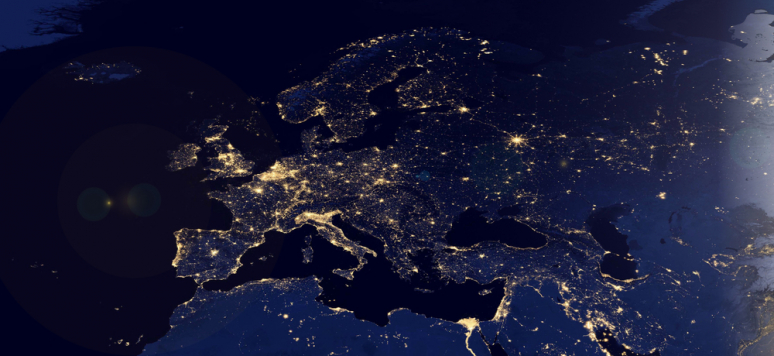Publications hors Ifri - Electricity Security of Supply and Capacity Remuneration Schemes Hot Energy Topic, No17, September 2016

In the context of liberalisation and the creation of a European electricity market, security conditions underlying the supply of electricity need to be reconsidered.
Security of European interconnected systems also needs to be forecasted in light of the decommissioning of electricity generation assets (equivalent to 150 GW of thermal capacity) and the growth in the share of renewable energy sources in electricity generation that is projected to reach 45% in 2030, according to the European Commission’s 2030 energy package.
European legislation on Security of Supply (Directive 2005/893 or Security of Supply Directive) sets forth a general definition of security of electricity supply - “the ability of an electricity system to supply final customers with electricity” - and provides the foundations of security of supply at Member States’ level, based on a long term projection of electricity generation capacity and demand estimates (generation adequacy plans). European legislation also requires cooperation and transparency between Member States in the field of security of supply. Under the Security of Supply Directive (Article 4.34) cross border trade of electricity and any restriction to cross border flow shall not be used as a way to guarantee capacity or the flow of energy for national security purposes. The Third Package Legislation 714/2009 provides an additional basis for coordination of cross border interconnections between Member States.
This Hot Energy Topic addresses the stakes related to EU electricity security of supply. It reviews general characteristics of capacity remuneration schemes and puts into perspective existing national developments (balancing obligations, capacity mechanisms, strategic reserves) in France, Portugal, Italy, Germany, Poland, Netherlands and Croatia. It illustrates cases of regional coordination in relation to electricity security of supply policies.
To read the full text, download the document below.
